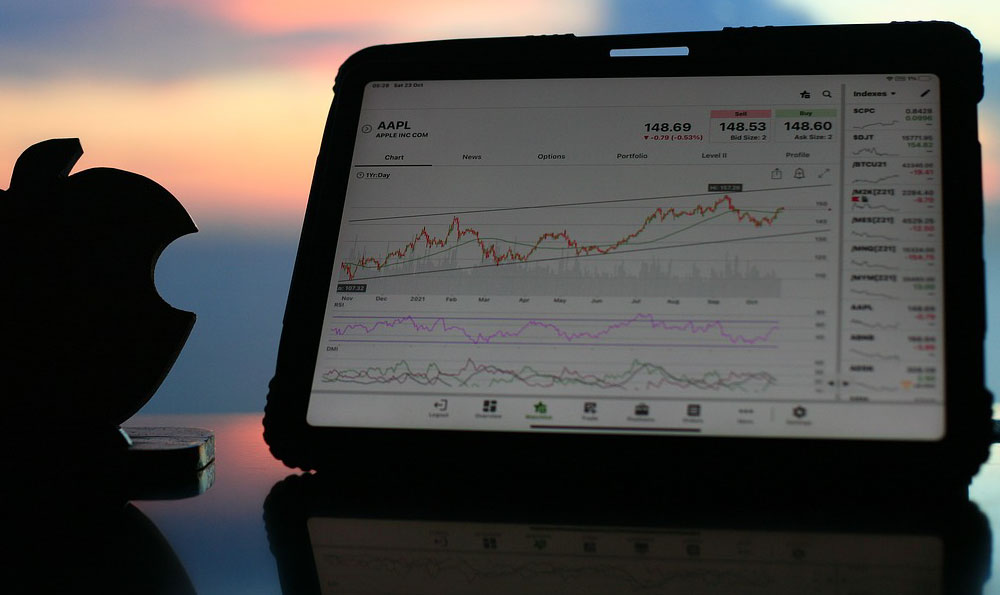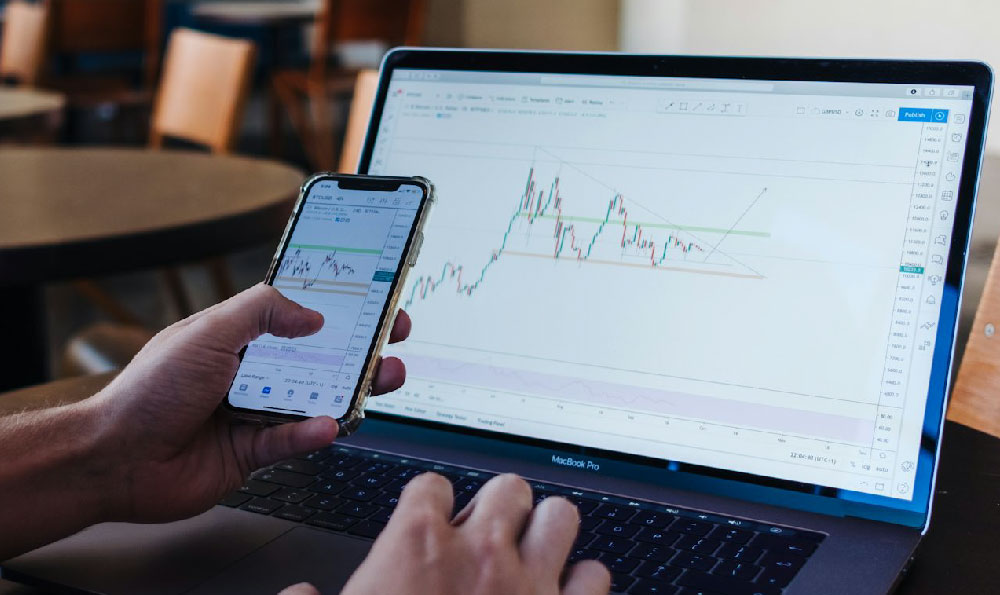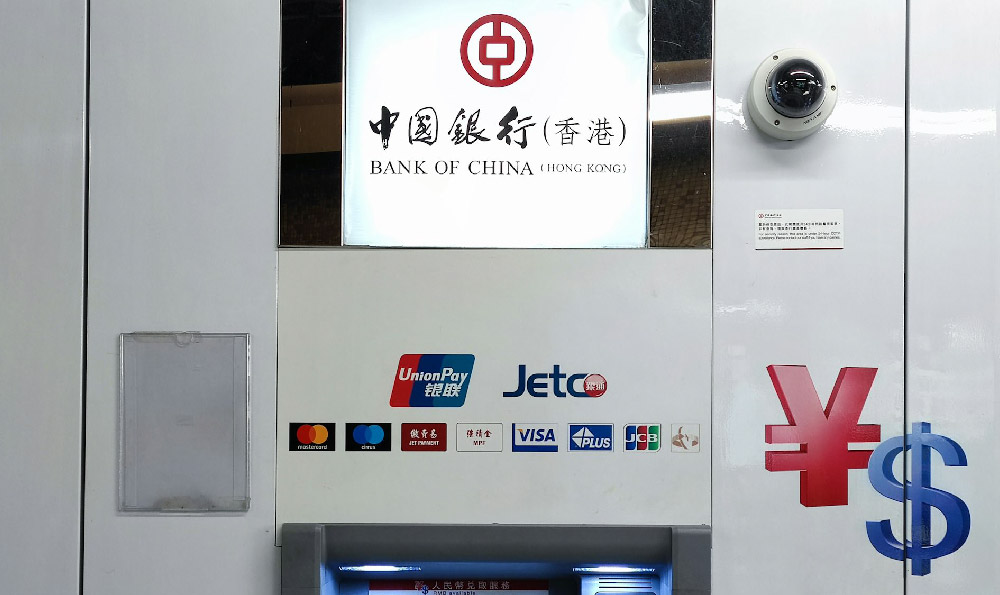Instagram has become a powerful platform for individuals to monetize their online presence, transforming social media engagement into a sustainable revenue stream. With over 2 billion active users, the app's influence extends far beyond personal connections, creating a dynamic ecosystem where creators can leverage their followers to generate income. The process of earning money on Instagram is multifaceted, involving strategic planning, audience building, and partnerships with brands or services that align with the influencer's niche.
One of the most prominent ways Instagram influencers generate income is through brand partnerships. These collaborations often begin with a simple message from a brand representative seeking to promote a product or service, and they can evolve into lasting relationships that provide consistent revenue. Brands typically look for influencers with a strong following, high engagement rates, and content that resonates with their target demographics. The influencer's ability to create authentic content is crucial in this regard, as audiences are quick to detect inauthentic promotions. Payment for these partnerships can vary significantly, ranging from flat fees to commission-based models, and even performance metrics tied to sales or clicks.
Beyond brand deals, influencers also capitalize on their audience's attention through sponsored content. This form of monetization involves creating posts, stories, or videos that highlight a product or service in a way that aligns with the creator's personal style or brand. Unlike traditional advertising, sponsored content often feels more organic to viewers, which can enhance its effectiveness. The payment structure for these collaborations typically depends on the influencer's reach, with larger audiences commanding higher fees. Influencers with a loyal following can negotiate more favorable terms, ensuring that their content remains quality-driven while maintaining profitability.

Another key avenue for earning money is through affiliate marketing. By joining programs like Amazon Associates or partnering directly with brands, influencers can earn commissions for each sale generated through their unique referral links. This method is particularly effective for those who provide product reviews, tutorials, or recommendations to their audience. The success of affiliate marketing hinges on the influencer's ability to build trust with their followers, as the ultimate goal is to drive conversions. The commission rates vary depending on the product and the platform, but they are often structured to incentivize both quantity and quality of sales.
In addition to these primary methods, influencers can expand their income through a variety of other avenues. Some create their own merchandise or launch online stores, allowing them to sell products directly to their audience. This involves investing in design, production, and marketing strategies, but the profit margins can be substantial for those who successfully scale their brand. Others offer paid subscriptions to their followers, providing exclusive content or community access in exchange for a recurring fee. This option requires building a loyal community and delivering consistent value, which can be rewarding for those who manage their content effectively.
The increasing popularity of Instagram influencers has also led to opportunities in niche markets such as travel, fashion, beauty, and technology. Each of these sectors has unique monetization strategies, with travel influencers often partnering with hotels and airlines, while beauty influencers may collaborate with skincare brands or cosmetic companies. The ability to identify and cater to specific interests is vital in maximizing earning potential, as it allows influencers to position themselves as experts in particular areas. This also creates a more targeted appeal, which can be beneficial for sponsorships and product placements.
The rise of Instagram as a monetization tool has given birth to a new generation of creators who treat their social media accounts as businesses. This shift has led to the development of various strategies and tools designed to streamline income generation. For instance, creators may use analytics platforms to track engagement, optimize content schedules, and identify high-performing posts. Market research and audience analysis are also essential, as they help creators determine the most lucrative partnerships and content ideas.
As the influencer economy continues to evolve, it is important for creators to stay adaptable and innovative in their monetization strategies. The key to long-term success lies in understanding the unique needs of their audience while maintaining a strong personal brand. By investing in quality content, building authentic relationships with brands, and leveraging the platform's tools, influencers can create a diversified income stream that ensures financial stability. The potential for earning money on Instagram is vast, making it an attractive platform for those willing to dedicate time and effort to their craft.












